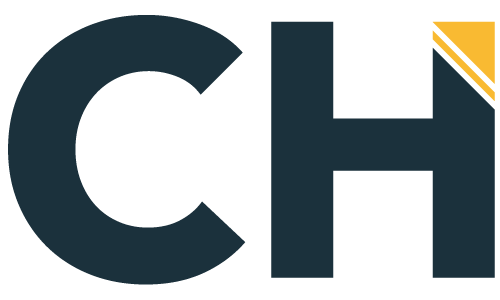As a contact center professional, I am sure that you are aware of what quality assurance means for your operations and why it is important. In my experience as a contact center executive, BPO owner, and industry consultant, I realize that it’s not the definition or benefits that get lost in translation – it’s the execution. When reflecting on your contact center’s current state, do you think that your company’s current Quality Assurance program is aligned with industry best practices? Maybe you are in the process of setting up a Quality Assurance program, but are looking for guidance and what the best next steps are. Regardless of what scenario you are faced with, let’s take it back to the basics for a little Call Center Quality Assurance 101. When you think of your QA strategy as a whole, you should make sure it includes the following:
- Quality Assurance Team with dedicated and professional specialists
- Documented Quality Assurance Program & Guidelines that are available to the entire company
- Metric Monitoring & Management
- Quality Assurance Scorecard
- Coaching & Trend Analysis
Let’s take a closer look at each piece.
QA Team
You should have a Quality Assurance team comprised of supervisors and specialists (size depends on the size of your organization) that are dedicated to ensuring your agents are providing quality customer service. Your team will help you monitor contacts, develop forms, and can provide invaluable feedback for your operations. If something isn’t working or a need isn’t met, you need to know why in order for change to be implemented. That’s where the QA Specialist can come in – they can act as your eyes and ears measure what is working and what needs to be changed to meet your customers’ needs.
Document Your QA Program & Guidelines
You can have the best program drawn out in your head, but it doesn’t do anyone any good unless it is documented in writing. When you have a written QA program, you can distribute it to your QA department so that everyone is on the same page as to what needs to be done, what needs to be tracked, and what actions need to be taken in specific situations. It is also recommended to circulate your QA program and guidelines to your entire company so that you continue to build a culture of transparency within your organization. Not only will other departments be aware of QA efforts, they can help to support your QA efforts if they understand your main goals and objectives.
Metrics
One tool that the Quality Assurance team can use is monitoring specific metrics that are relevant to their organization Let’s take a look at five different metrics you can use in monitoring your contact center’s quality assurance:
1) First-Call Resolution –The contact centers ability to resolve customer problems, questions or needs the first time they call without any follow up.
2) Service Level /Response Time – measures how effective your center is to your customers. This is a clear way to see how many agents are needed to accommodate your contact volume along with the time needed for it to be accomplished.
3)Self-service Accessibility – allows for customers to be able to use the web or IVR to get help for themselves which leads to lower cost to the business, as well as, allowing the agents to use their skills in helping those with direct needs.
4) Contact Quality – evaluates the agent’s interaction with the customer such as: how they greet the customer, using the right scripts, finding the key customer data, their professionalism, accuracy in call coding, their first-call resolution, providing customers with correct information and also their grammar/spelling in email contacts.
5) Customer Satisfaction – you can use chat, emails or IVR’s to measure how satisfied a customer is. Many companies use CSAT surveys which ask their customers to rate them based on the service they have provided. This provides valuable insights for these companies.
For a look at a more comprehensive KPI list, check out our free Sample Business Scorecard & KPI List!
QA Scorecard
Quality Assurance scorecards are a must-have for any call center regardless of what industry you are in. Think of it as a checklist that your QA team can use to make sue that your agents are providing quality customer service. While many QA scorecards will have similar elements (ex. Did agent use the proper greeting? Did agent avoid dead air?), it should be customized to your business needs. It’s also important to note that the scorecard is not a static document – as your team continues to evaluate agent interactions, it can be fine tuned as needed.
Coaching & Trend Analysis
Feedback is incredibly important for your Quality Assurance efforts. If your agents do not know they are making mistakes, how can you expect them to improve? As part of your written QA Program & Guidelines, make it a point to spell out exactly how often should coaching be done and who should be doing the coaching. Sometimes it can be the QA Specialist while other times the Supervisor or Team Lead will do it. Regardless, regular and consistent coaching helps improve the customer experience and agent job satisfaction.
Another important aspect of coaching is trend analysis. Your QA team should not only be identifying issues as they arise, but also how often specific issues are coming up. This can be communicated to the Training department who can tweak their curriculum so that they address these issues in new hire and ongoing training.
Here at CH Consulting Group we can provide strategic input on how to optimize your current QA department and/or help you develop or fine tune your current QA Program & Guidelines. If you would like to learn more about how the CHCG can assist you to meet the Quality Assurance needs of your company please e-mail me or call 218-286-4006 and we’ll help guide you to providing an excellent customer experience.




